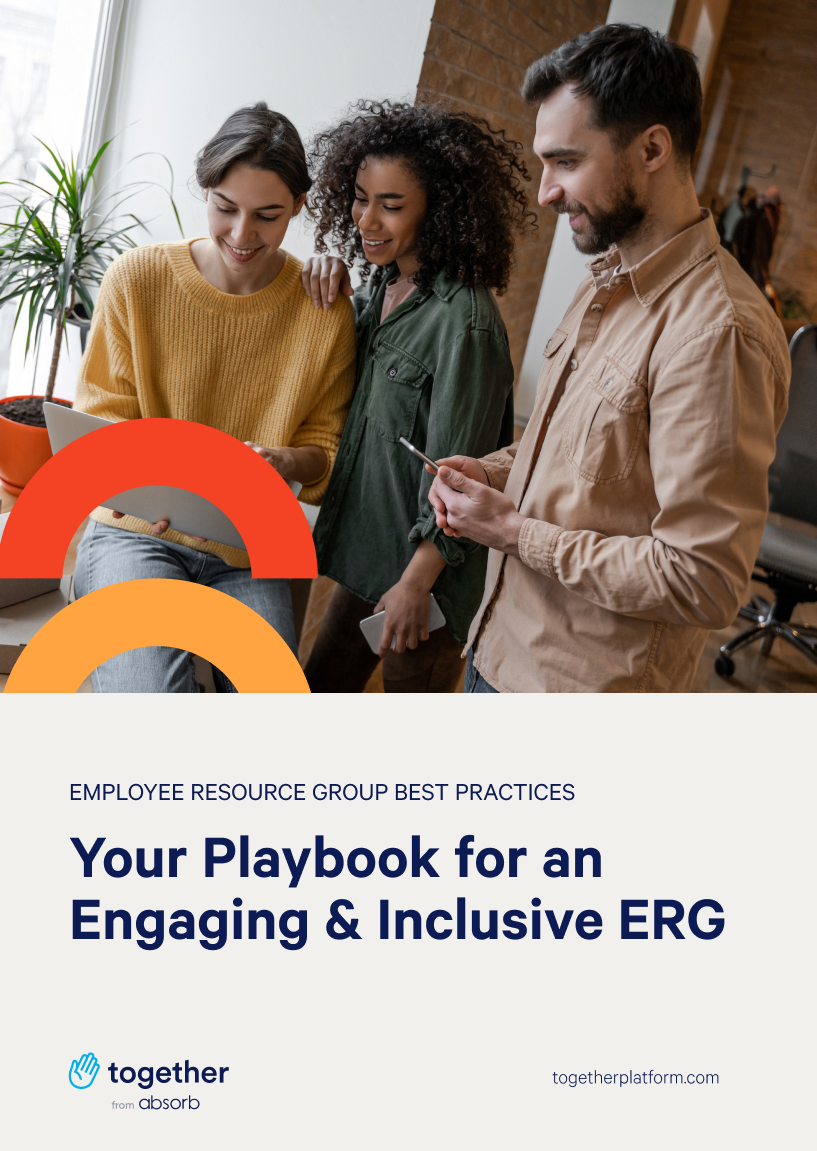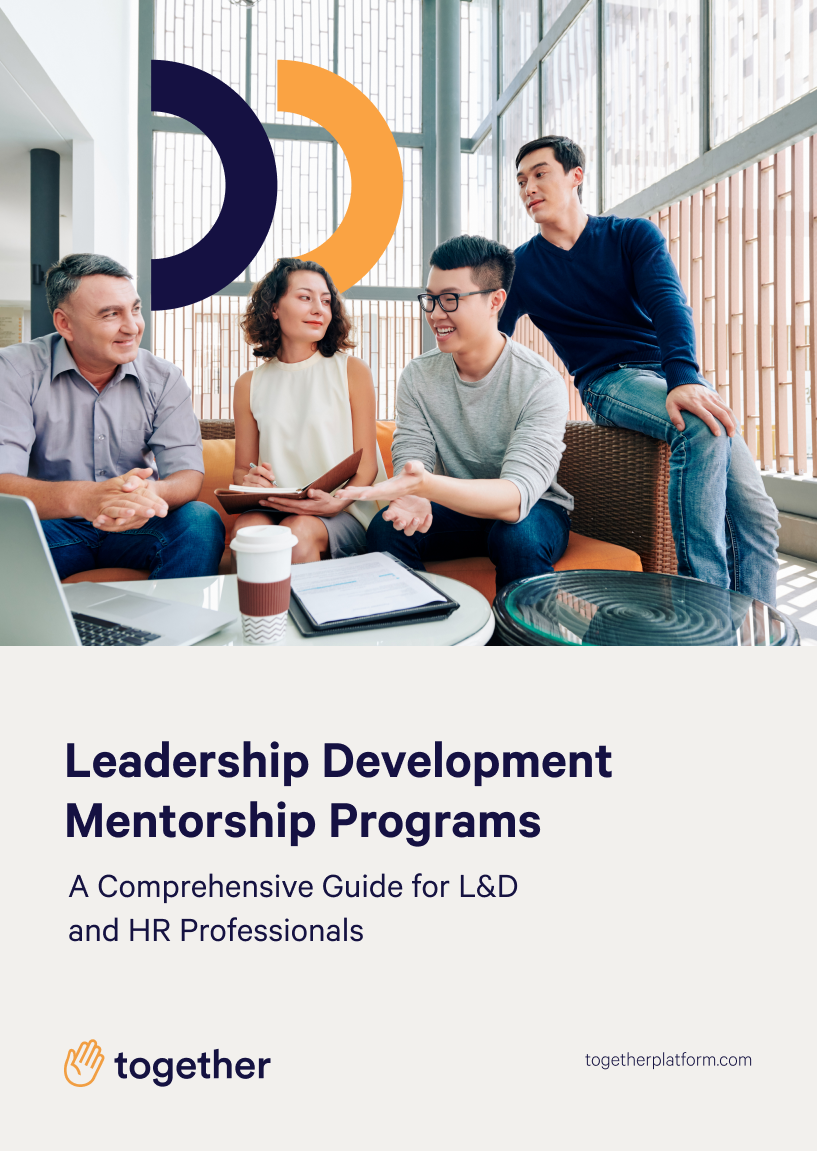Measuring Return on Investment of Mentoring
We interviewed Learning & Development professionals at companies like Glassdoor, Cisco, Lever, and many others to create a guide that helps them make their initiatives more quantifiable. Learning and development leaders can use this guide to quantify the impact of any of their initiatives on the business.



What will you learn?
Learning and HR teams deal with scrutiny from executives and finance teams when proposing new initiatives. The truth is that other business functions, like finance, take return on investment into consideration with every business decision they make. If you want to win budget, you’ll need to equip yourself with a different approach.
If you’re lucky, you have business partners that intuitively understand the benefits of mentoring from a cultural standpoint and are natural allies when it comes to mentoring initiatives. However, the reality is that “it will improve our culture” is not a defensible argument.”







































.png)
.png)



.png)
.png)









.png)
.png)


.jpg)

.jpg)








.png)



.svg)

